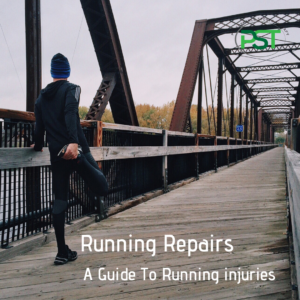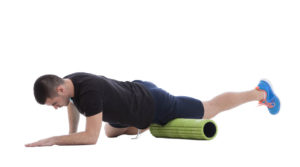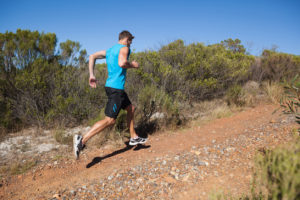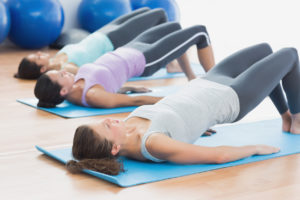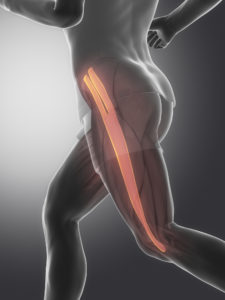Let’s be honest, if you play any sport or keep yourself fit and active…
Sooner or later you WILL get injured…
And if you’re training for the type of conflicting goals we’re talking about here… like squatting heavy and running a marathon the chances go up.
Why?
Because you’re trying to cram everything from max strength to LISS sessions into your week.
It’s the main reason for athletes suffering from the aches and pains I talked about in yesterday’s email.
Or at least trying to do everything from every programme is the problem.
If you’re aiming to hit some big numbers in the gym and out on the road you can’t simply bolt two powerlifting and 10K programmes together.
There simply isn’t enough time in the week to do them
Sure, we can reduce the chances of this happening.
That’s why I encourage a decent strength training programme…
And why I hammer on about having a BALANCED training regime
But eventually, it will happen — you WILL get injured.
Which poses an even greater problem…
Which is that if an injury isn’t treated properly, the long term effect can be even worse than the initial injury itself.
To illustrate that, I heard a line a few years ago that went something like…
“Sticks and stones may break my bones but words can cause permanent damage”
Let me explain what that means (and what it’s got to do with any injuries you might get)…
Every injury you suffer is like an insult to your body.
We all get insulted at some point in our lives.
If you’ve got supportive friends, caring parents, etc… that insult will be barely noticeable.
You’ll brush it off. And you’ll get on with your life like without any lasting consequences.
What if the opposite were the case?
Or if it happened often enough?
Or it was a serious insult?
In this situation, you’re like the kid who got bullied the whole way through school…
The mental scars could last a lifetime…
Leaving you riddled with underlying self-doubt and social anxieties that spill over into everything you do.
The injuries you pick up are just like this.
If it happens often enough…
Or if it’s serious enough…
It will start to affect other areas of your body.
But a good rehab plan is like having caring friends and supportive parents.
You come through the experience with no lasting consequences.
Because it deals with not only the pain but why it’s there in the first place.
Because a good rehab plan is an active one.
One that teaches you to move well again…
Makes you stronger…
And, ultimately, prepares you for the activities you enjoy doing.
Something that you won’t get by with a “rub” and doing a bit of stretching can’t do.

